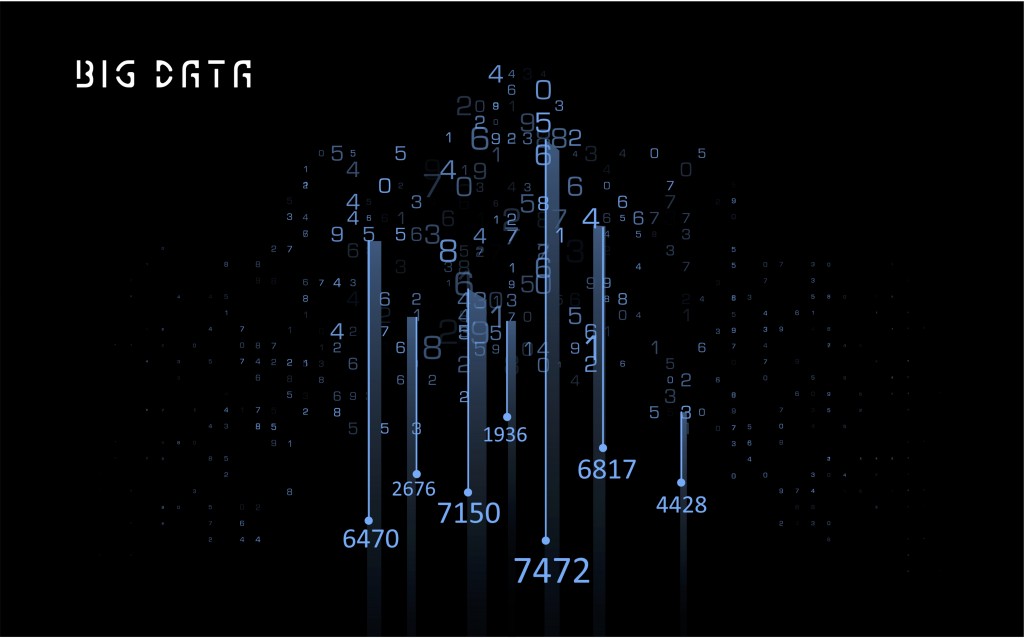
When you’re building a big data solution, there are many open source components you can choose from. Everything from whole platforms to individual libraries are available, depending on your needs and expertise.
Many of these tools can be freely used regardless of your end product or organizational structure. However, some are restricted by team size, organization type, and purpose. Because of this, you need to make sure that you are careful about remaining compliance with open source licensing whenever you include components.
This article reviews seven of the most popular and reliable open source tools currently available for big data—ElasticSearch, Apache Flink, TensorFlow, PyTorch, HPCC, Apache Spark, and Apache Cassandra.
1. ElasticSearch
ElasticSearch is a distributed search and analytics engine that is based on JSON queries and a REST API. It is the main component of a larger set of projects, known as the ELK Stack. With ElasticSearch, you can perform indexed searches using structured, unstructured, metric, and geo-based methods. You can also aggregate searches to expose data patterns and trends for deeper analysis.
Key features of ElasticSearch:
- Flexibility to run on a single machine or across a cluster with auto-scalability.
- Intelligent searching with the ability to rank search results according to custom filters and built-in typo correction.
- Cross cluster replication and failover to prevent single points of failure.
- Built-in machine learning for detection of possible data errors.
2. Apache Flink
Apache Flink is a framework and distributed processing engine that you can use to perform stateful computations over your data streams. It enables you to work in-memory in almost any cluster environment regardless of size. Flink can be used with both bounded and unbounded data streams.
Key features of Apache Flink:
- Support for all data stream types, including event-driven apps, data pipelines, and extract, transform, load (ETL) processes
- Advanced state handling with multiple state primitives, pluggable state backends, and support for exactly-once consistency
- Layered APIs to enable a custom balance between conciseness and expressiveness
3. TensorFlow
TensorFlow is a platform for machine learning (ML) that you can use to develop and train models. It is designed for use by all levels of developers with both a Sequential and Subclassing API and supports a wide variety of libraries and extensions.
Key features of TensorFlow:
- Support for a variety of languages, including Python, C, and Java
- Ability to drag and drop code
- Templates with pre-built algorithms for fast model development
4. PyTorch
PyTorch is an ML framework that you can use to develop and train models. It is designed to enable flexible experimentation and training of models. PyTorch is based on Python’s scientific computing library, NumPy.
Key features of PyTorch:
- Support for all major cloud platforms
- Easy transitioning from eager to graph modes for fast deployment to production
- Support for distributed training with asynchronous execution of operations
5. High Performance Computing Cluster (HPCC) Systems
HPCC Systems is an end-to-end solution for data lake management and analytics. It enables you to ingest raw data from a range of sources in batches, real-time, or streams. From the lake, you can then operate ML APIs, apply built-in data enhancements, and deliver data to endpoints.
Unlike other solutions, HPCC does not include a GUI. Instead, it is operated through queries written in an internally developed language (ECL) designed specifically for big data.
Key features of HPCC:
- Highly scalable due to node structure
- Support for data profiling and cleansing, snapshot data updates, and scheduling
- Built-in data modeling tools, including tools for linear regression, random forests, logistic regression, and decision trees
6. Apache Spark
Apache Spark is an analytics engine that was designed to improve upon the functioning of Hadoop. You can use it to process real-time and batch data using in-memory processing. Spark can integrate with HDFS, OpenStack, and Cassandra and can run on-premises or in the cloud.
Key features of Apache Spark:
- 100x faster processing than Hadoop
- Support for Java, Python, Scala, R, and SQL
- Extensible through a range of libraries, including GraphX, MLlib, and Spark SQL
7. Apache Cassandra
Apache Cassandra is a distributed, wide column store, NoSQL database. It is designed to create distribution across multiple clusters and datacenters with linear scalability. You can use Cassandra with a wide variety of data formats, including structured, semi-structured, and unstructured data.
Key features of Cassandra:
- No single point of failure
- Support for atomicity, consistency, isolation, durability (ACID) compliance
- Support for both eventual and strong consistency
Conclusion
Big data analytics are at the heart of many business workflows. Organizations are increasingly collecting, processing, and analyzing significant amounts of data to derive business insights, develop predictive models, and serve personalized content to customers.
These analytics processes require complex systems that can integrate with a wide variety of components, ingest data from an array of sources, and that can be customized as needed. While some proprietary technologies work great for this, for many organizations open source is a better choice.
Open source tooling can provide organizations complete control over their systems without fear of vendor lock-in. Components can form a solid base from which custom solutions can be created with significantly less development effort. These components are typically freely available, frequently updated, and can provide innovative solutions through community collaboration.
Additionally, depending on the intent of your big data efforts, there are many open source datasets available that you can work with. These resources can help you train machine learning models for analysis, test ingestion streams, and provide a larger context for proprietary data.
Author Bio: Limor Maayan-Wainstein

Limor is a senior technical writer with 10 years of experience writing about cybersecurity, big data, cloud computing, web development, and more. She is the winner of the STC Cross-European Technical Communication Award (2008) and a regular contributor to technology publications.
LinkedIn: https://www.linkedin.com/in/limormaayan/


